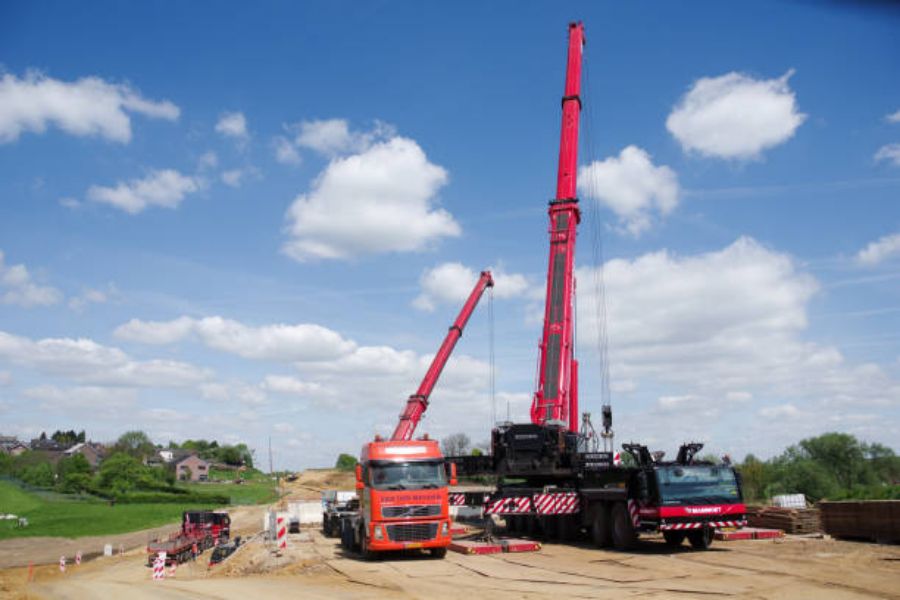The Definition of Single Girder Low Headroom Crane
A single girder low headroom crane, also known as an overhead crane, is a type of material handling equipment that is used to transport heavy loads from one location to another by suspending them from a hoist, which is mounted on a single girder.
The Components of a Single Girder Low Headroom Crane
The crucial components of a single girder low headroom crane are the bridge, runway, hoist, trolley, motor, and controls. The bridge is the framework that supports the trolley and hoist, and runs along the runway. The motor provides the power to move the crane; the trolley runs along the bridge, and the hoist lifts and lowers the load.
How a Single Girder Low Headroom Crane Works
A typical single girder low headroom crane operates by moving along the runway of two parallel beams that are placed at a distance apart. The hoist unit receives the power from the motor and is attached to trolleys that are suspended from the bridge.
The Types of Single Girder Low Headroom Crane
There are two common types of single girder low headroom crane, top running, and underhung. In the top-running type, the crane runs on top of the runway beams while the underhung type runs along the bottom of the runway beams.
The Advantages of Using a Single Girder Low Headroom Crane
A single girder low headroom crane is an ideal solution for small and medium-sized systems which have limited headroom. They can be disassembled and moved easily to different locations, depending on the requirements. These cranes are also less expensive and require less maintenance than double girder alternatives, making them a cost-effective investment.
The Applications of Single Girder Low Headroom Crane
A single girder low headroom crane is suitable for a wide range of applications in different types of industries. They are used in manufacturing, assembly, transport, and maintenance processes to lift, move, and position products from one place to another. The cranes operate in hazardous conditions such as chemical, oil, and gas, where high levels of safety are required.
The Safety Features of Single Girder Low Headroom Crane
For safe and efficient operations, a single girder low headroom crane has various built-in safety features, including overload protection, emergency stop button, limit switches, and warning lights. These features minimize the risk of accidents and improve workplace safety.
The Maintenance and Servicing of Single Girder Low Headroom Crane
To ensure optimum performance, a single girder low headroom crane should undergo regular maintenance and servicing. This includes inspection, lubrication, repair, and replacement of parts as necessary. A proactive approach to maintenance and service can reduce downtime, extend the service life of the crane, and minimize repair costs.
The Factors to Consider When Choosing a Single Girder Low Headroom Crane
Before selecting a single girder low headroom crane, several factors should be considered, including environmental and operational conditions, the capacity of the crane, the hoisting speed, the height of lift, the length of runway, and the types of loads to be lifted. All these factors will affect the performance and safety of the crane.
The Cost of Single Girder Low Headroom Crane
The cost of a single girder low headroom crane varies depending on several variables, including the size and capacity of the crane, the type of application, the manufacturer, and the country of origin. However, despite the slight variation, a single girder low headroom crane is cheaper than other types of crane systems, minimizing the overall investment cost.

